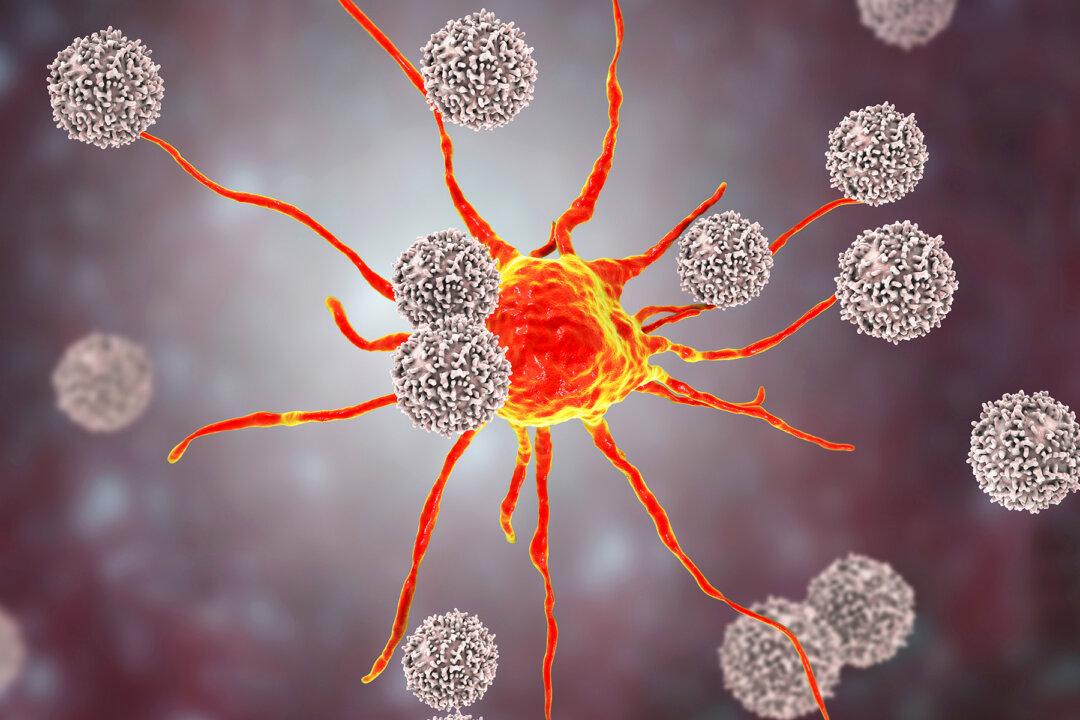Could there be a cure for cancer just around the corner? The latest discovery by scientists at the University of Pennsylvania may just be that long-awaited cure that many have been waiting for.

©Shutterstock | f11photo

Could there be a cure for cancer just around the corner? The latest discovery by scientists at the University of Pennsylvania may just be that long-awaited cure that many have been waiting for.
